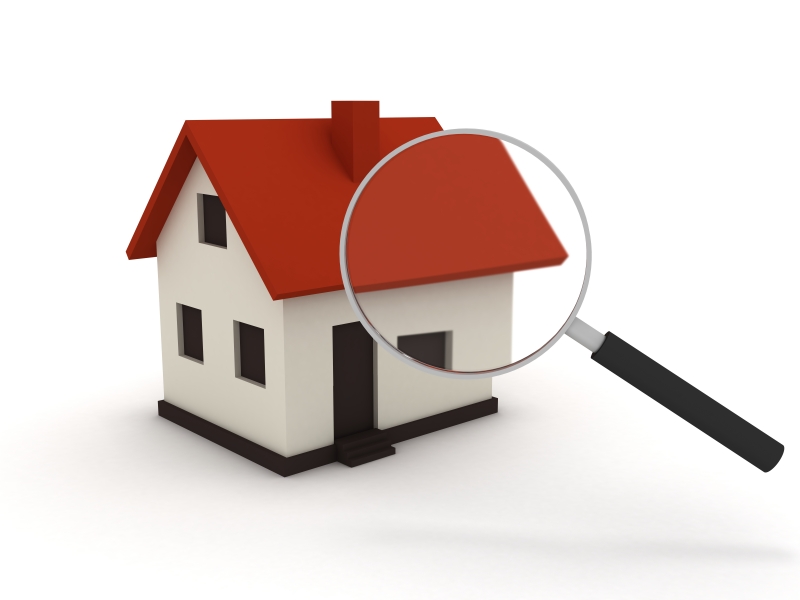Buying a house can be a long-drawn-out process with many steps in between the time you get preapproved for a mortgage and pick up the keys. Also, we buy houses San Bernardino
Sure, once you find the right one, it might take just a month to close with new technologies making the actual transaction piece faster, but that’s only one small part of it.
According to mortgage data firm Ellie Mae (as reported by Bankrate.com), the average time to close a loan on a home purchase in December 2020 was 56 days.
The short answer to when to start looking for a house might be now depending on your particular situation, but understanding each of the steps to buy a house will help answer that question more definitively.
You Know You’re Ready Financially
Before looking, you need to make sure your finances are in order by estimating your budget based on income, savings, debt, and all other financial obligations. The less debt you have the better, so if you can wait until all or most of it is paid off, you’ll be in a better financial situation, making it easier to qualify for a home loan and get a better interest rate. Even if you make a significant amount of money, if you have a lot of credit card debt, for example, it will limit the amount banks will be willing to lend.
You’ll need to have enough money for a down payment – while 20 per cent of the home’s purchase price is usually recommended, it can be anywhere from zero to 10 per cent depending on the type of loan. Closing costs will have to be paid as well, generally ranging from 2 to 5 per cent of the price of the home. Your credit score should be at least 680, but preferably 740 or higher in order to get the best possible interest rate.
Get Pre-Approved
Getting pre-approved for a mortgage before you begin looking will tell you how much you’ll be able to afford which avoids wasting time touring homes that are out of your price range. It will also give you a competitive advantage in a seller’s market as it makes your offer more credible.
You’ll need to gather all of your documents such as W-2 forms, pay stubs, and copies of your two most recent state and federal tax returns. If you’re self-employed, bring 1099s and tax returns to prove your income. Proving assets typically requires 60 days of statements for investment accounts like CDs and IRAs.
Determine What You Want and Need in a Home
Now that you know how much you can afford, you’ll want to think about your needs and wants in a home and make sure it’s realistic based on your price range. Make a list, prioritizing things like the number of bedrooms and location, as well as items you’d like to have but could do without, like a pool or hot tub, for example.
Get a Buyer’s Agent
Armed with your list and preapproval, it’s time to get a buyer’s agent. If you have a family member, friend, or co-worker who has recently gone through the home buying process, they may be able to recommend someone. An agent who is highly experienced in the community in which you’re searching for a home is your best bet for a good experience. But you’ll also want someone who is a good fit personally as you’ll be spending lots of time with them throughout the buying process.
Touring Homes
There’s no definitive timeline for finding the right home – it could happen in a week or it could take months. It’s possible that you’re outbid multiple times before an offer is finally accepted.
The Offer to Closing
When you find the right home, your realtor will help you put the offer together. In a seller’s market, this can be a suspenseful process while waiting for a response. The seller might accept or reject it, or send you a counteroffer. Once your offer is accepted, it takes a week or two for the appraisal, which will need to be higher than the negotiated price, otherwise, you’ll have to renegotiate or increase your down payment.
After the appraisal, you’ll typically have 10 days to complete the inspection. It takes about 24 hours to get the report plus another week or so to negotiate if any unexpected issues arise.
Finally, after making the down payment, paying closing costs, and signing that mound of paperwork, you’re officially a homeowner.























